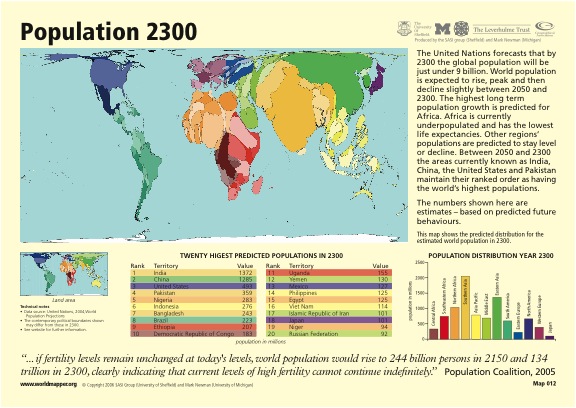Groundwater : :The major foodgrain producing regions of Haryana, Punjab and western Uttar Pradesh experience the most negative effects, along with the coastal districts of Tamil Nadu. Punjab and Haryana are significant from the perspective of food security in
It is a bedtime story of economic success, a factory build on a farming land employs more people and generate more income that a poor farmer did. So this story could be labeled Economic Success. But how and who will stand up and call it a rural failure.
“We should be able to meet ends if we had fertile land but people see the factories provide jobs” is what the farmer has to say after is land is taken from him.” All I see is rubbles have replaced our rice fields”
yes “OUR RICE FIELDS” the loss of productive land to roads, cities and golf courses is well known. But the uncontrollable spread of small factories and real estate interventions into rural area, where land is cheap and labor plentiful is a phenomenon has become more common. ‘The Green Revolution’ brought money along with it came the new system, which shattered the way of doing things. Hurting the spiritual side of farming. Rice became a commodity – not a culture. People stop working together. And now in the age of the ‘The Great Concrete Revolution’ the corporate mafias in form of real estate are stealing away the land of the helpless farmer. It is the illusion of modernization that is destroying the bonding between the rich Indian tradition and culture relationship of man in the society with the mother earth - The rites of fertility, the concept of “mother earth” and rebirth in the mother seed, the receptacle of the child like rice soul. The idea of rice souls and ritual ceremonies seems more and more irrational and meaningless. As the soul of the rice is dying over the years so is that of the Indian society with it. It will be not long when the saying of Mahatma Gandhi “The True India lives in the villages” will have to be rephrased as “The True India had become a slave of the corporate human mind”
BHAAT :: A search for a sustainable alternatives to the ‘current frenzy of Development and Industrialization’ in India which can fulfill the most basic needs of common man - food and water..
Monday, 12 December 2011
Water crises :: Effect on Rice - INDIA
Groundwater : :The major foodgrain producing regions of Haryana, Punjab and western Uttar Pradesh experience the most negative effects, along with the coastal districts of Tamil Nadu. Punjab and Haryana are significant from the perspective of food security in





No comments:
Post a Comment